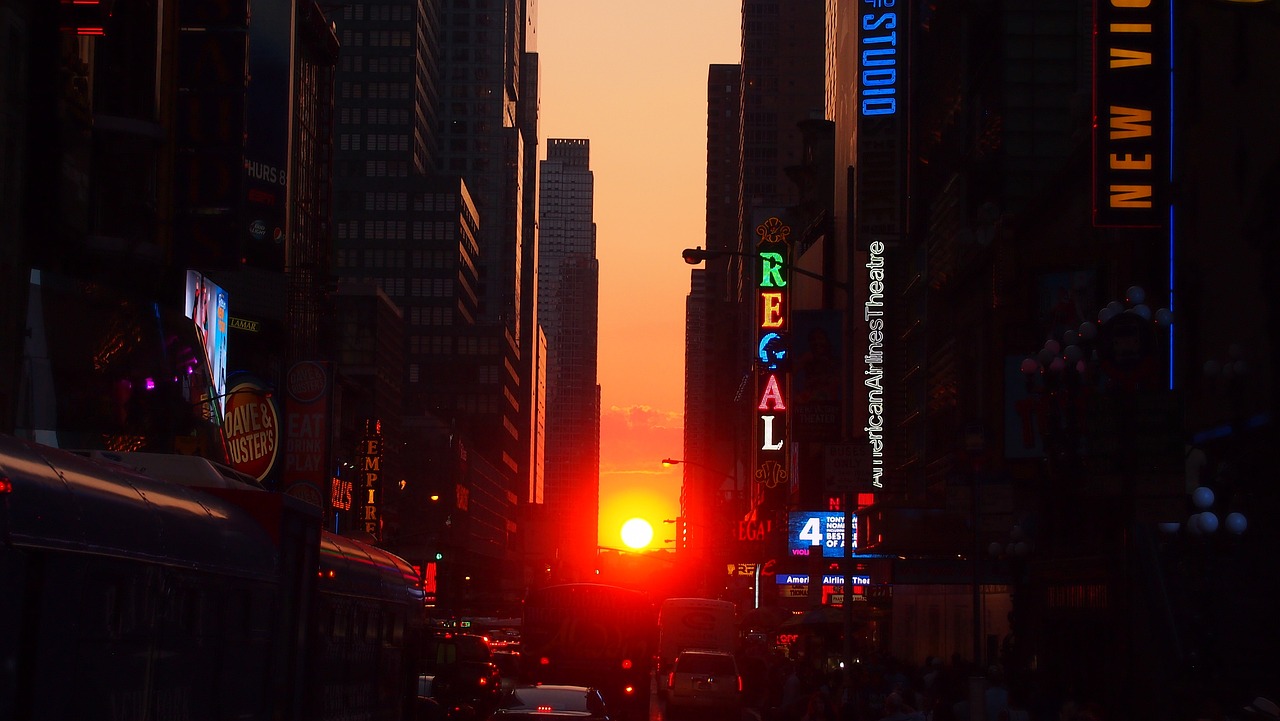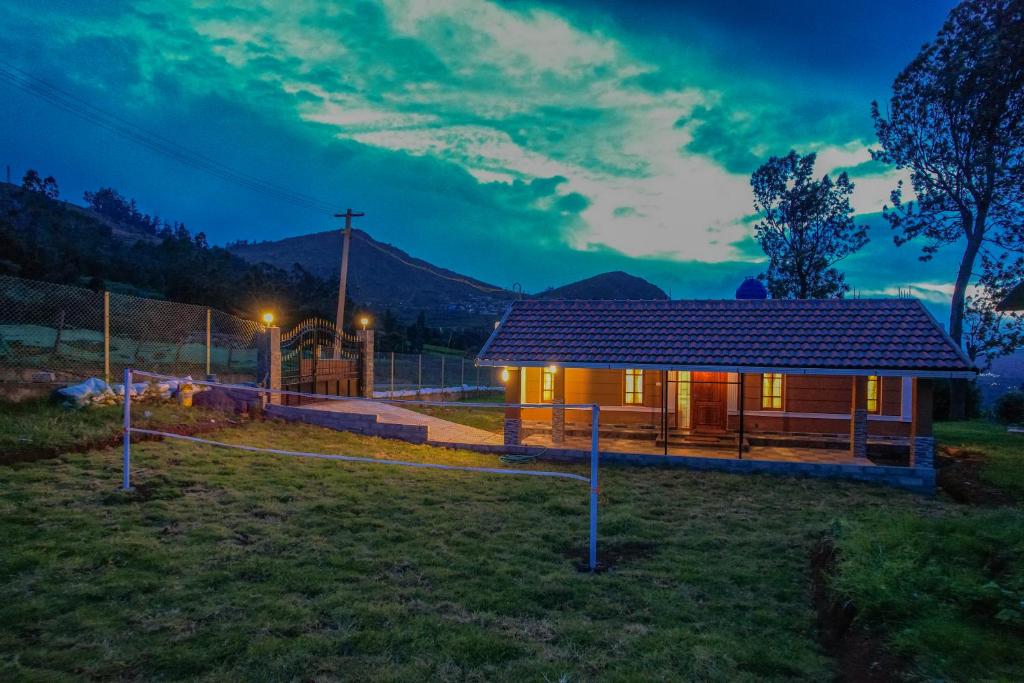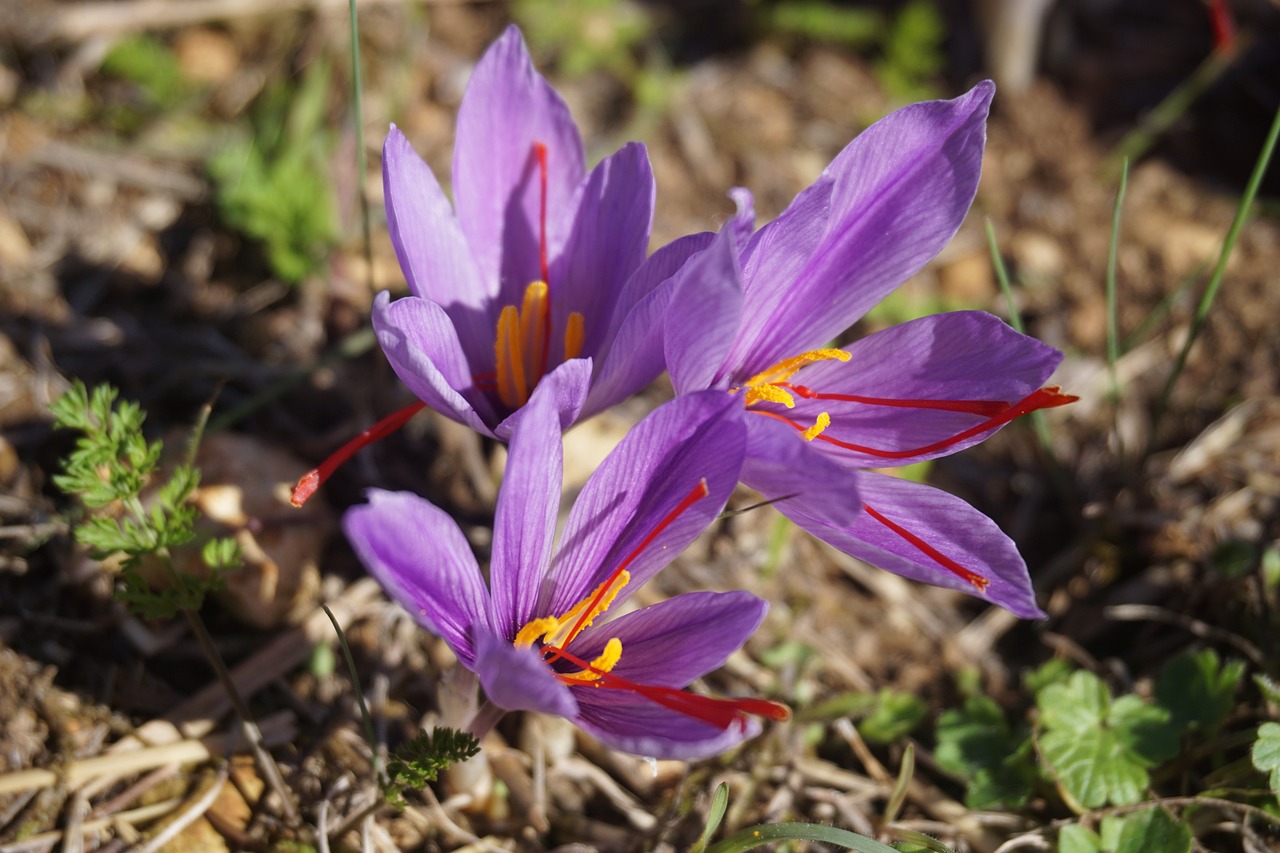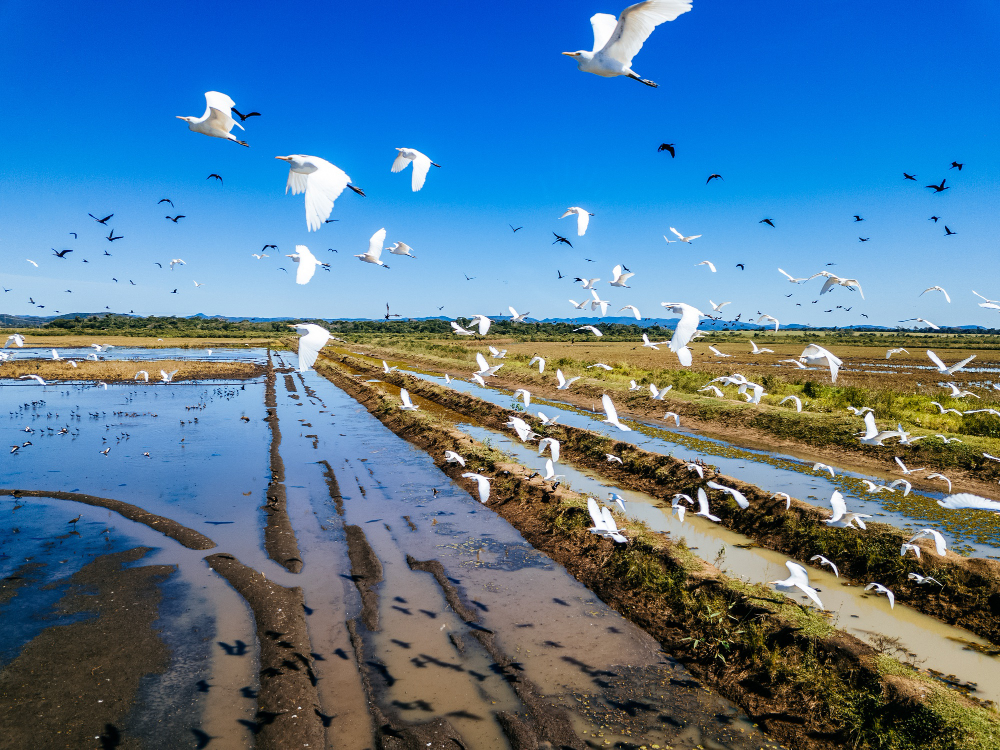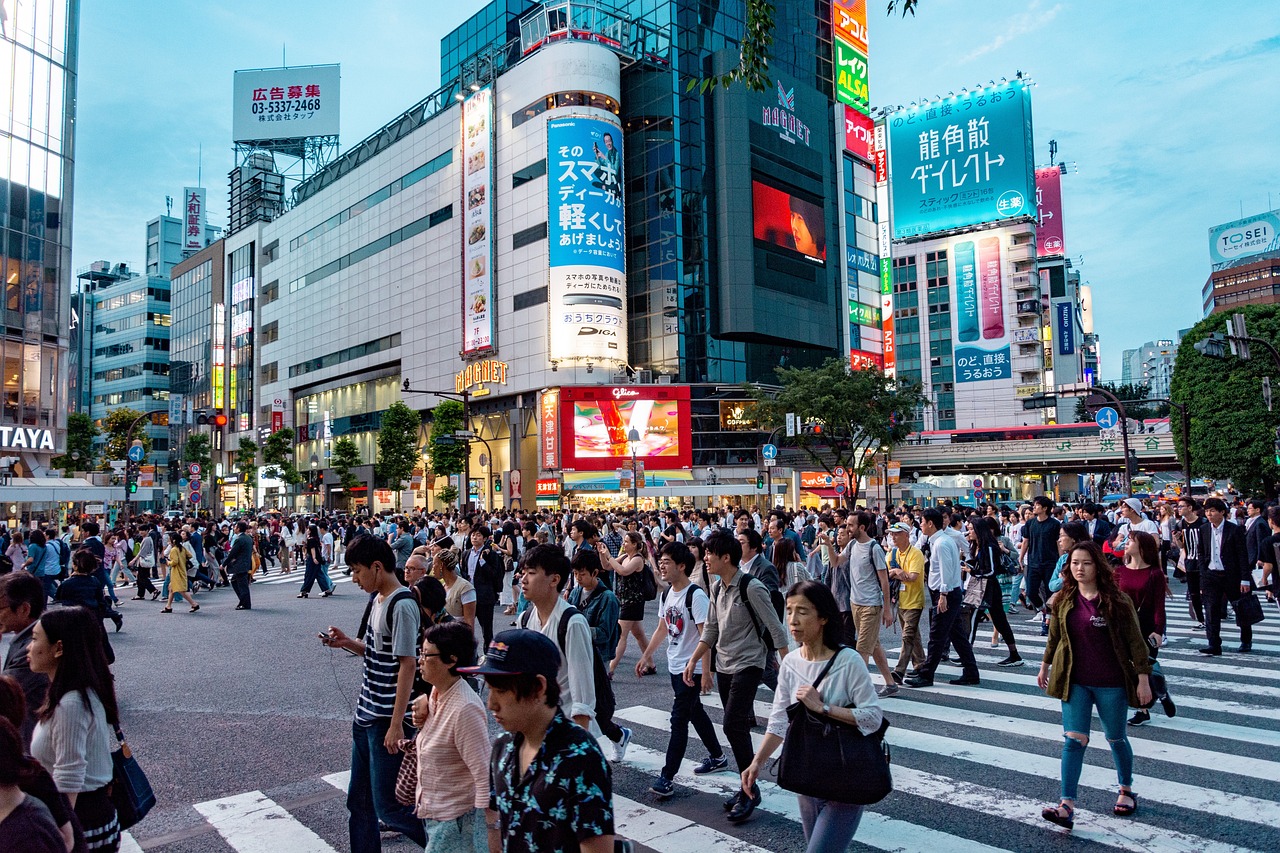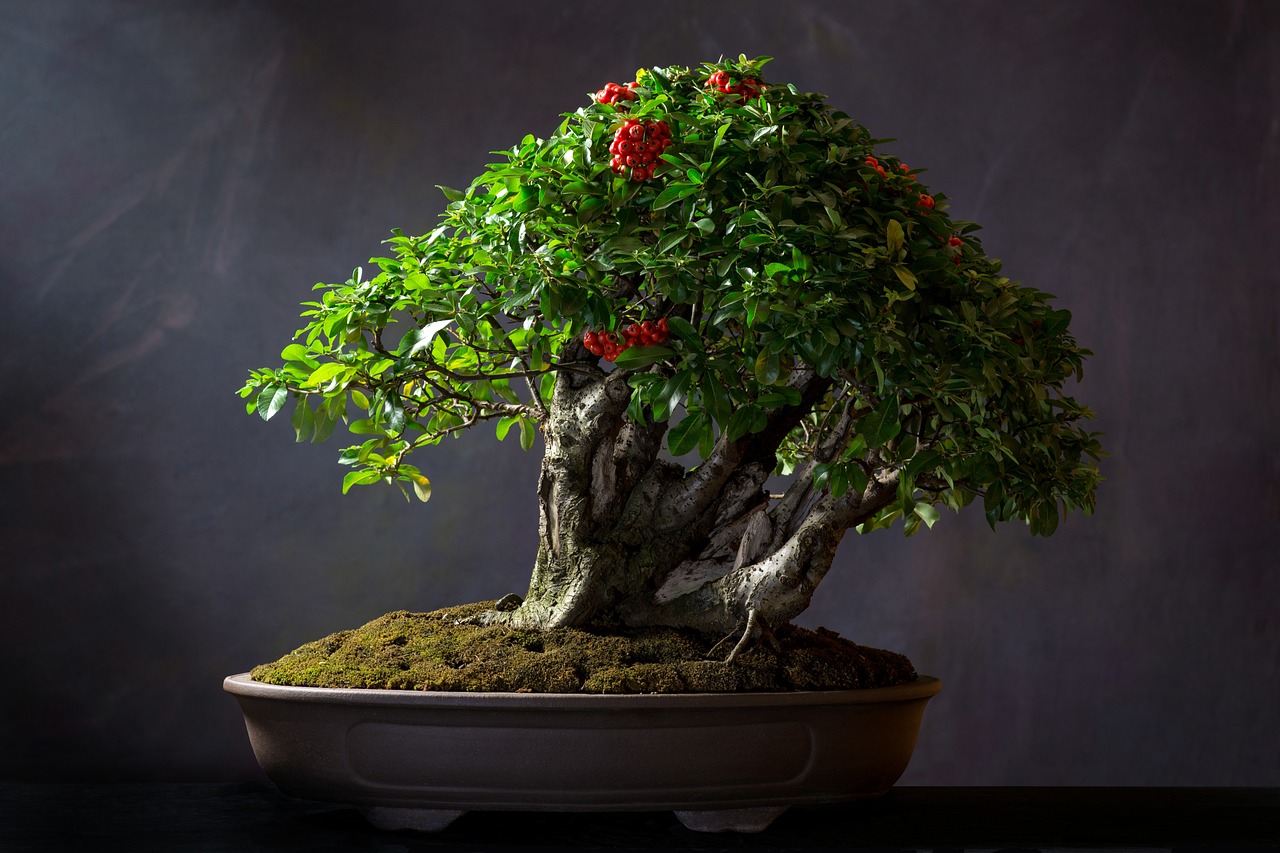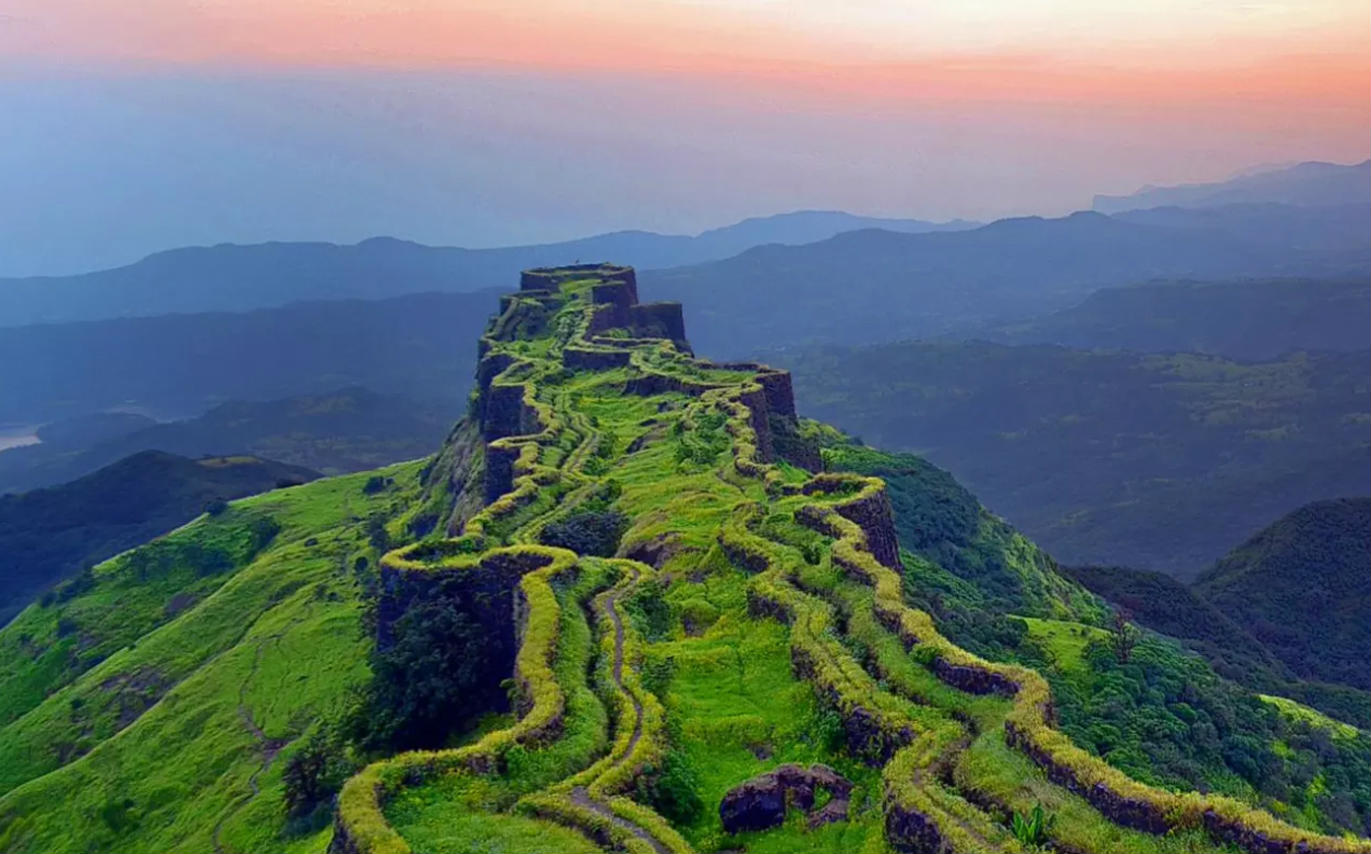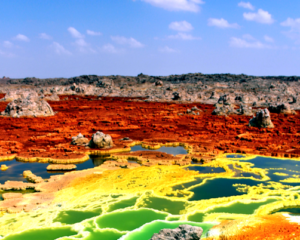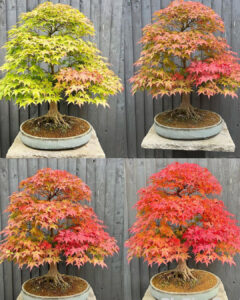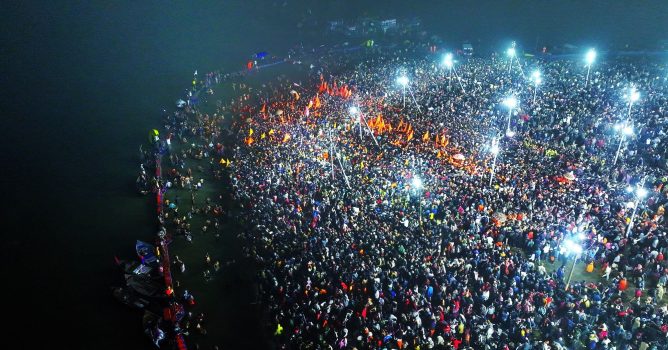 Pin
Pin Image source: Instagram
The Maha Kumbh Mela, the world’s largest spiritual gathering, opened its doors to an ocean of faith as 15 million devotees thronged the banks of the sacred confluence of the Ganges, Yamuna, and Saraswati rivers on its first day. This awe-inspiring spectacle of devotion, culture, and unity is not just a religious congregation but a testament to India’s deeply rooted spiritual ethos. The event resonates with the chants of prayers, the fragrance of incense, and the vibrant colors of humanity coming together to cleanse their souls and renew their faith.
Table of Contents
The Magnitude of Faith and Devotion
From the break of dawn, millions began their journey toward the holy Sangam in Prayagraj. They came barefoot, some carrying meager belongings, while others marched in groups chanting hymns. Pilgrims from the furthest corners of India joined hands with foreign travelers seeking solace and meaning. The atmosphere was electric yet serene—a blend of chaos and calm that only an event of this magnitude could bring.
The air was filled with spiritual fervor as holy men, sadhus with ash-covered bodies, and naga sadhus (naked ascetics) led the procession toward the riverbanks. For them, this is not just a ritual but a divine duty, a moment to connect with the eternal.
Rituals that Define the Kumbh Mela
The holy dip in the river, known as shahi snan, is the highlight of the Maha Kumbh. It is believed that a bath in these waters purifies the soul, washing away sins and paving the way for salvation. On the first day, the throngs of devotees formed a massive yet orderly queue, stepping into the icy-cold waters with prayers on their lips and hope in their hearts.
Priests standing at the ghats recited sacred mantras, and offerings of flowers, diyas (oil lamps), and milk floated along the river, creating a mesmerizing sight. The significance of this ritual lies in its symbolism—a cleansing of not just the body but the spirit.
Cultural and Social Significance
The Maha Kumbh is more than a religious event; it is a cultural phenomenon that bridges divides of caste, creed, and nationality. The gathering serves as a melting pot where people of diverse backgrounds come together, united by faith. It highlights the core of India’s philosophy of “Vasudhaiva Kutumbakam”—the world is one family.
Temporary settlements resembling small cities sprang up near the riverbanks to accommodate the influx of pilgrims. Tents for accommodation, food stalls offering free meals (langars), and medical facilities were meticulously organized, reflecting the scale and coordination involved in hosting the festival.
The Role of the Akharas and Sadhus
The sadhus and akharas (monastic orders) are the spiritual backbone of the Kumbh Mela. Each akhara, with its unique identity, adds to the richness of the event. The naga sadhus, known for their austerity and renunciation of worldly possessions, were a major attraction as they marched in grand processions to the riverbanks.
These ascetics represent the ultimate surrender to spirituality, and their presence serves as a reminder of India’s enduring spiritual traditions. For many attendees, a blessing or a simple conversation with these holy men is an experience of profound significance.
Global Recognition and Impact
The Maha Kumbh Mela has garnered global attention, with UNESCO recognizing it as an Intangible Cultural Heritage of Humanity. Journalists, photographers, and researchers from around the world flock to capture the essence of this unparalleled gathering.
For first-time visitors, the Maha Kumbh is a sensory overload—a kaleidoscope of sights, sounds, and emotions that leave an indelible mark on the soul. For returning devotees, it is a homecoming, a reaffirmation of their faith and connection to the divine.
Environmental and Logistical Challenges
Hosting an event of this magnitude is not without challenges. Ensuring clean water, managing waste, and maintaining public safety require meticulous planning. The Indian government, in collaboration with local authorities, undertook extensive preparations to ensure a smooth experience for pilgrims.
Innovative measures, such as eco-friendly toilets, water purification systems, and extensive waste management, were implemented to minimize the environmental impact. The use of drones and surveillance cameras ensured the safety and security of the attendees.
The Emotional Core of the Maha Kumbh
What sets the Maha Kumbh apart is its emotional resonance. It is a journey of faith, a testament to the resilience of human spirit, and a celebration of the divine. Stories abound of pilgrims walking for days, braving hardships, and enduring long waits—all for a fleeting moment in the sacred waters.
For many, this is a life-changing experience. Tears of joy, the quiet hum of prayers, and the unspoken camaraderie among strangers create an atmosphere that transcends the physical and touches the spiritual.
